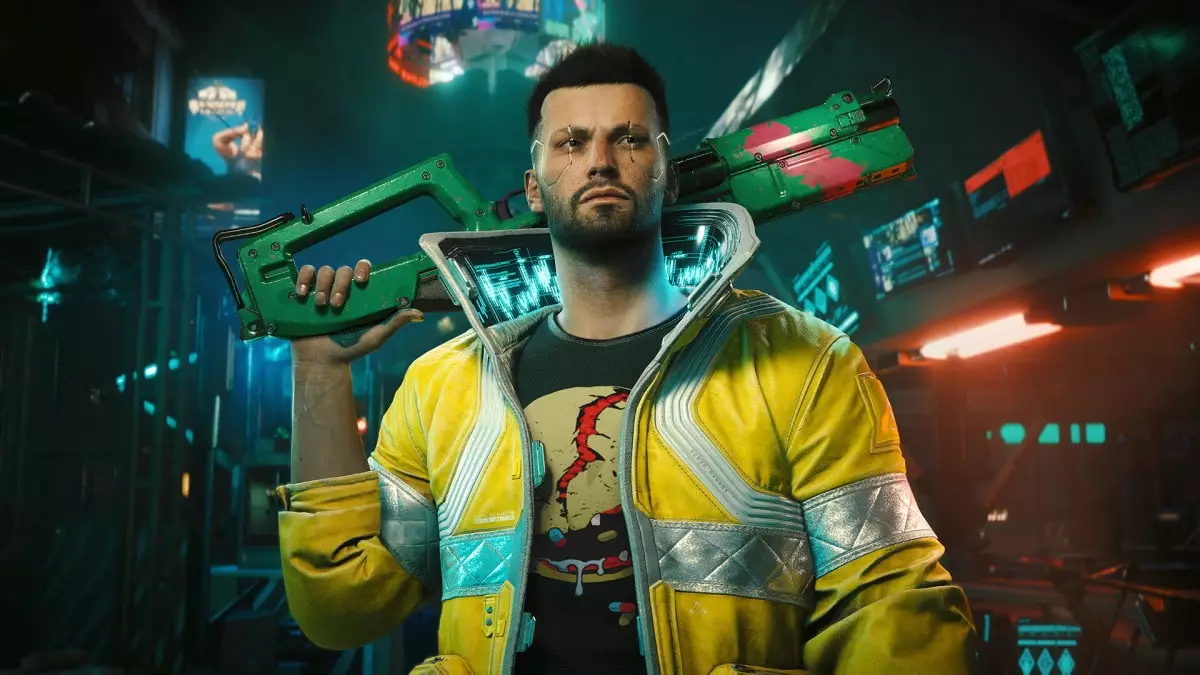The announcement that CD Projekt has entered the pre-production phase for “Cyberpunk 2” is both exhilarating and anxiety-inducing for fans of the franchise. Following a tumultuous launch of the original Cyberpunk 2077, the weight of expectations for this sequel is heavier than a chrome-plated cyberarm. While the game has made significant progress beyond the conceptual stage, the real challenge lies in redeeming the franchise’s reputation. Will CD Projekt Red be able to recapture the excitement and lore of the Cyberpunk universe, or will this sequel face the same backlash as its predecessor?
In its financial report, CD Projekt highlighted that the development team for Cyberpunk 2 has expanded, growing from 84 members to 96 within just a few months. Such growth might inspire hope, but it can also lead to skepticism. Is more manpower a sign of an ambitious upgrade, or merely a desperate attempt to patch over past failures? It’s unclear whether the strategies that led to the disastrous launch of the original title have been fully abandoned, or if they are still lurking in the shadows of the development process.
Behind the Scenes: Development Dynamics
Currently, CD Projekt Red’s resources are heavily focused on multiple projects, with The Witcher 4 absorbing a considerable portion of the workforce. The decision to assign 422 developers to this title while only a fraction works on Cyberpunk 2 raises questions about their commitment to the Cyberpunk franchise. Is the sequel just a side project, a bonus notch on the belt of an increasingly successful company, haunted by its past flaws?
Moreover, with the company simultaneously developing Project Sirius—a multiplayer Witcher spin-off—and a new IP called Project Hadar, one can’t help but wonder where Cyberpunk 2 fits into this rapidly evolving gaming landscape. Is it a priority, or has it become an afterthought, risking both the lore and creativity that fans have come to cherish?
A Glimpse Into the Future: New Cities and New Challenges
One of the exciting tidbits recently shared by Mike Pondsmith, the original creator of the Cyberpunk tabletop RPG, hints that the sequel may feature a second city alongside Night City. He tantalizingly describes this new urban sprawl as “Chicago gone wrong.” This idea introduces both thrilling possibilities and inherent risks. World-building is essential in immersive gaming; however, introducing a drastically different city could dilute the essence of what makes the Cyberpunk universe unique.
Diversity in settings can enrich gameplay and narrative, but it can also generate confusion and discontent among fans who have a specific expectation of the aesthetic and thematic direction. The narratives of two contrasting cities—especially in a world already depicted as unyieldedly oppressive—will require careful execution to resonate authentically with the franchise’s devoted audience.
Financial Performance and Implications for Game Quality
On the financial front, CD Projekt has reported considerable success, with the “Phantom Liberty” expansion selling over 10 million copies since its release. This financial buoyancy may encourage more investment in Cyberpunk 2, but it also raises its own set of constraints. Companies often equate commercial success with a license to experiment; however, this can sometimes lead those involved in the creative process to tailor their work towards immediate profitability rather than artistic integrity.
The earnings from both the Cyberpunk franchise and The Witcher series offer a promising outlook for CD Projekt. Yet, one must ask whether this conditional success creates pressure or freedom for the developers working on Cyberpunk 2. Will they take the necessary risks to innovate and create a compelling sequel, or will they play it safe, hoping to cash in on an established brand without pushing any boundaries?
In a gaming ecosystem that continuously evolves and demands more from its narratives, Cyberpunk 2 stands at a crossroads. As CD Projekt unfolds its vision for the sequel, the eyes of the world will be scrutinizing every movement, hoping for a masterpiece yet wrestling with the memory of a misstep that continues to haunt a once-promising title. The stakes have never been higher, and the potential for both triumph and tragedy is equally palpable.

